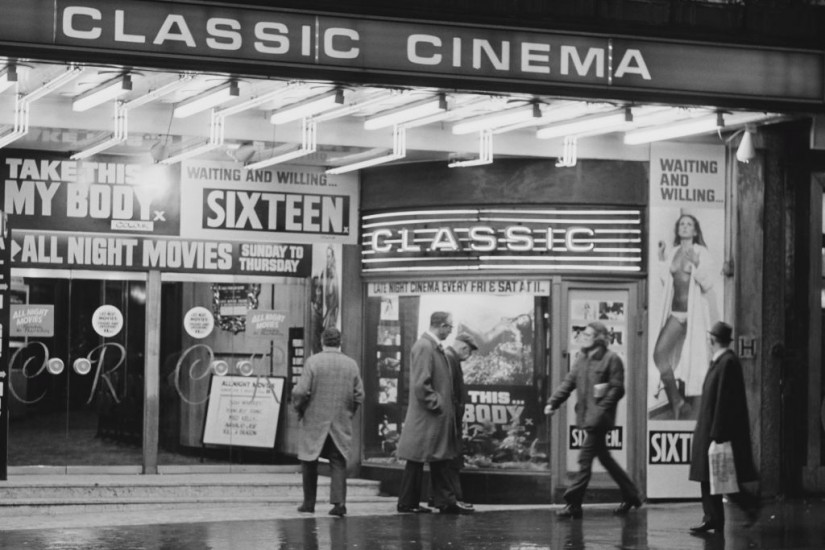When movies were mostly one-offs—and not spinoffs, sequels, reboots, or remakes—they had to be good. A little blunt, too, maybe. Conjuring a universe out of nothing, bringing it to crisis and back again, all in under two hours, required, if nothing else, craftsmanship on a level admired even by European snobs. “The Americans, who are much more stupid when it comes to analysis, instinctively bring off very complex scripts,” Godard said, in 1962. “They also have a gift for the kind of simplicity which brings depth.” No matter how well executed, commercial success for such a film was never guaranteed. Laying out an enormous sum of money on a product whose creation depends upon a harmony of massive egos, and whose final appeal is the result of intangibles, is a terrible basis for a commercial enterprise.
For most of Hollywood history, the movie business has needed a hostage buyer, a customer with little choice but to purchase the product. First, this was the theatre chains, which the studios owned, or controlled, until 1948, when the Supreme Court forced the studios to sell them on antitrust grounds. In the eighties and nineties, video stores partly filled the role. But, increasingly, the hostage buyer is us.
Today, the major franchises are commercially invulnerable because they offer up proprietary universes that their legions of fans are desperate to reënter on almost any terms. These reliable sources of profit are now Hollywood’s financial bedrock. The business model began to take shape, gradually, in the eighties; it solidified a decade ago, when a writer’s strike recalibrated Hollywood’s tolerance for risk. (The global financial crisis played a role as well.) At the same time, digital distribution was on the rise; Netflix, which launched its streaming service early in 2007, after years as a mail-order company, began eating into DVD sales. As the major studios faced the loss of a large and predictable revenue stream, they trimmed their release schedules and focussed more of their efforts on the global mega-brands: Marvel, DC, “Harry Potter,” “The Fast and the Furious,” “Star Wars.” The movie business transitioned from a system dominated by a handful of larger-than-life stars to one defined by I.P. This brought the era shaped by Ovitz to a close.
